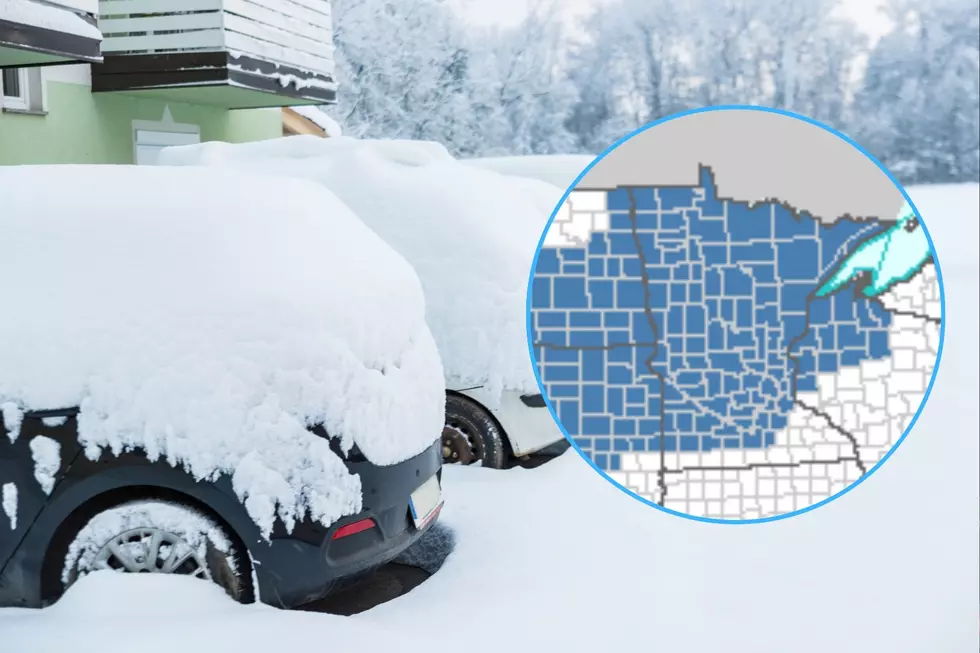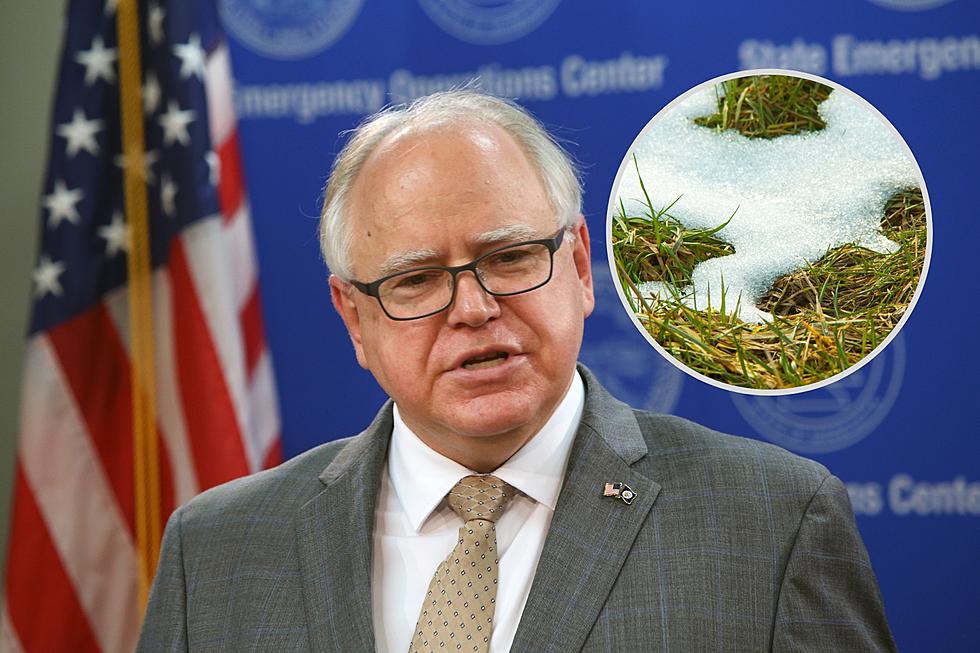
How Can I Prevent Getting Frostbite?
After being spoiled with a mild winter, we finally reached the single digit temperatures. So I decided to share some tips to play it safe.
Frostbite to exposed skin can occur quickly and without warning. Prevention is the key. The Mayo Clinic offers the following tips to preventing frostbite:
- Limit time you’re outdoors in cold, wet or windy weather.
- Dress in several layers of loose, warm clothing.
- Wear a hat or headband that fully covers your ears.
- Wear mittens rather than gloves.
- Wear socks and sock liners that fit well, wick moisture and provide insulation.
- Watch for signs of frostbite.
- Plan to protect yourself.
- Don’t drink alcohol if you plan to be outdoors in cold weather.
- Eat well-balanced meals and stay hydrated.
- Keep moving.
On the other hand, if you have been the victim of frostbite, it’s important to take immediate steps. The Centers for Disease Control and Prevention offer good tips.
Recognize what frostbite is. Here are some symptoms:
- A white or grayish-yellow skin area
- Skin that feels unusually firm or waxy
- Numbness
Here are the steps to take if you have experienced frostbite:
- Get into a warm room as soon as possible.
- Unless absolutely necessary, do not walk on frostbitten feet or toes—this increases the damage.
- Immerse the affected area in warm—not hot—water (the temperature should be comfortable to the touch for unaffected parts of the body).
- Or, warm the affected area using body heat. For example, the heat of an armpit can be used to warm frostbitten fingers.
- Do not rub the frostbitten area with snow or massage it at all. This can cause more damage.
- Don’t use a heating pad, heat lamp, or the heat of a stove, fireplace, or radiator for warming. Affected areas are numb and can be easily burned.
More From MIX 108









